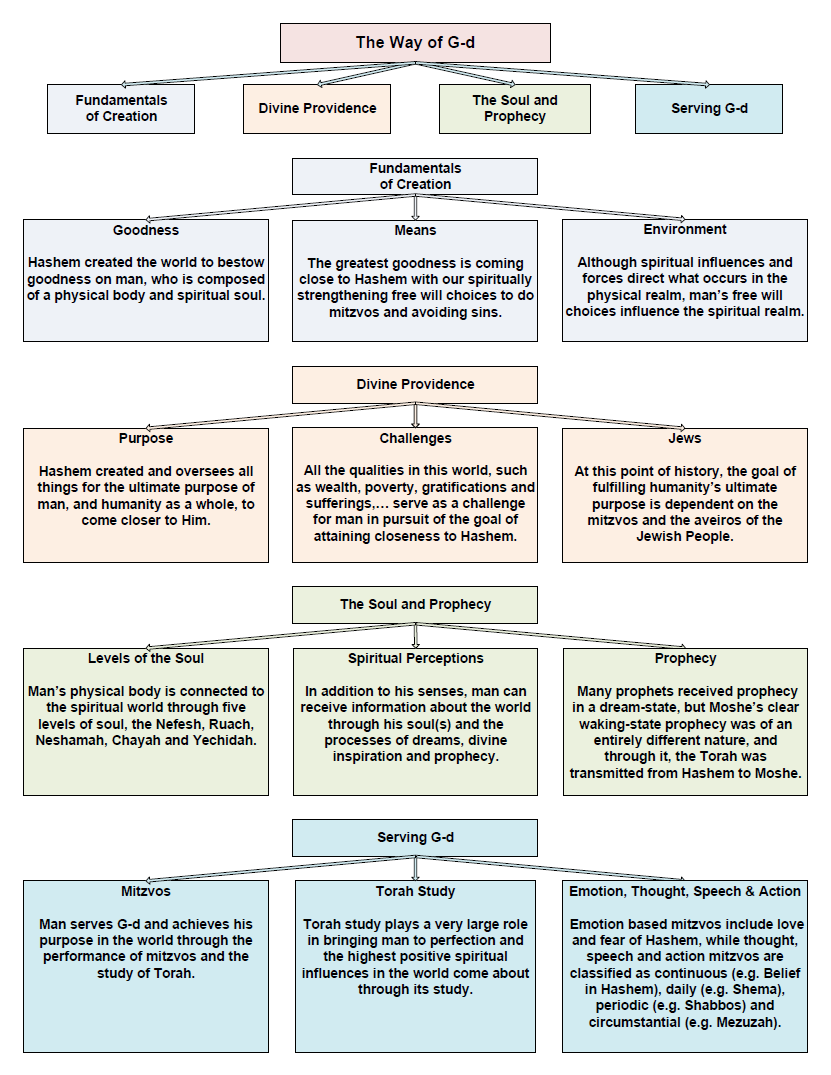With good reason, many Jews throughout the world have been focused on Achdus. However, Achdus is easy to give lip service to, but harder to put into actual practice. Rabbi Meyer Schiller gave a great shiur a few years back providing a framework and a deeper understanding of Achdus. You can download Rabbi Schiller’s shiur by right clicking with your mouse on this link and choosing save as to download it to your computer. If you want to stream the file to your computer, just click on this link.
We can achieve Achdus at a practical personal level, by working on deepening our connections to fellow Jews. Rebbetzin Tziporah Heller gives some simple advice on this topic that resonates with me. She relates that whenever we are talking to somebody, two thoughts should go through our minds: “What can I learn from this person?” and “What can I give to this person?”.
In regards to giving, there are many ways to fulfill this mitzvah. It can be a listening ear, an encouraging word, or a piece of appropriate advice.
The power of giving good advice hit me yesterday as I was reading an emailed article entitled, “Tips for an Easy Fast”, by Ira Milner, R.D. a registered dietician. Some googling revealed that Mr. Milner wrote an article entitled “Helpful Tips to Insure an Easier Fast” in Jthe ewish Action Reader, Vol. 1. Noble Book Press Corp (New York, 1996). pp.142-5. That article was summarized and posted on the Internet in recent years, so 18 years after the easier fasting advice was originally given, people are still benefiting from it.
Thank you Mr. Milner. For those who have not seen it, here is a recap of the article “Helpful Tips to Insure an Easier Fast” by Ira Milner, R.D.
1) The first source of your discomfort is the body’s need for water. Water is involved in practically every bodily function, and if you provide the body with enough fluids, it will help you function as a whole. So, the day before the fast, remember to drink, drink and DRINK. (When you go from room to room, carry a tall glass of water as a reminder.) Your regular daily intake is supposed to be six to eight 8 oz glasses. The day before a fast, that should be upped to eight to ten glasses. (Do the math: That means one glass every hour between 9:00 am and 6:00 pm.) Warning: Although you may think cola, coffee and tea also supply water, the diuretic properties of caffeine make those beverages inadvisable. Remember also that most fruit are more than 80% water, and vegetables are from 70-95% water.
2) Decrease protein. Protein attracts water, and too much of it can leach water from body tissues. In extreme cases, dehydration could result from consuming too much protein because the extra protein pulls out water that is later needed to remove the waste products from the body.
3) Increase Starch and Fiber. Simple carbohydrates (chocolate bars and candies) are sugars. Complex carbohydrates (whole grain breads and cereals, pasta, potatoes and legumes) are starch and dietary fibers. Although during digestion both break down into glucose, complex carbohydrates take longer to break down, and help ease the pangs of a fact. (Think of what the marathon runners eat the night before their run.)
4) Decrease salt, spices and fried foods. What happens in your body when you eat them? Your blood level of sodium rises. This stimulates the brain’s thirst receptor, which triggers the thirst sensation. In addition, since water is required to remove salt from the body, it further increases the body’s need for water.
5) Avoid caffeine. If you regularly drink more than two to three cups of coffee per day, taper off several days before. Although technically caffeine is not addictive, the body becomes accustomed to its stimulant effect, and suddenly abstaining from it will inevitably produce the ‘withdrawal headache’.
6) Two other ways to minimize water loss the day before a fast: Don’t exert yourself too much and stay out of the sun.
So what is your meal before a fast? Chicken soup, roast beef, and a tall glass of cola? That’s a no-no-no. Here’s a suggestion:
Whole grain challah
Plain pasta
Baked potato
Steamed vegetables or tossed salad
Fresh fruit
Lots of plain water
Wishing an easy & meaningful fast. May all our prayers be answered.

